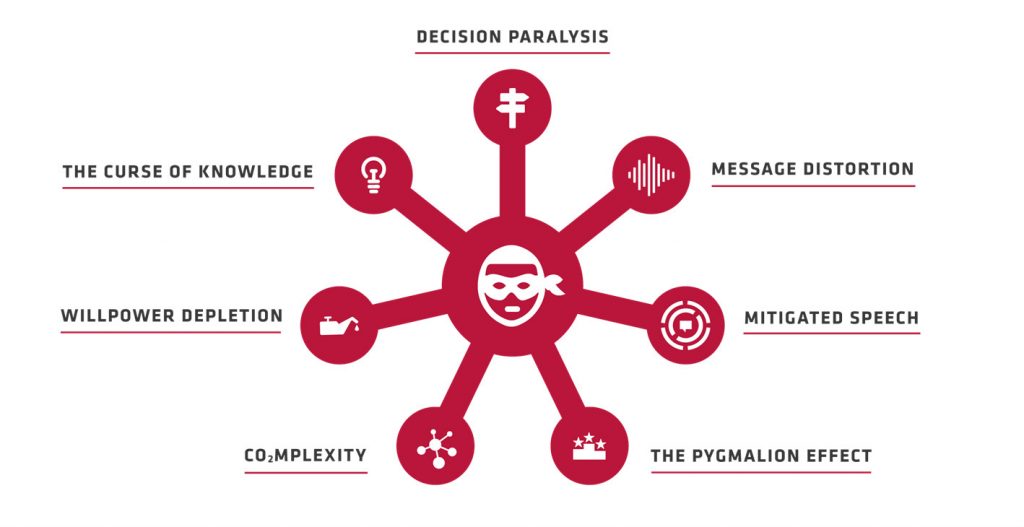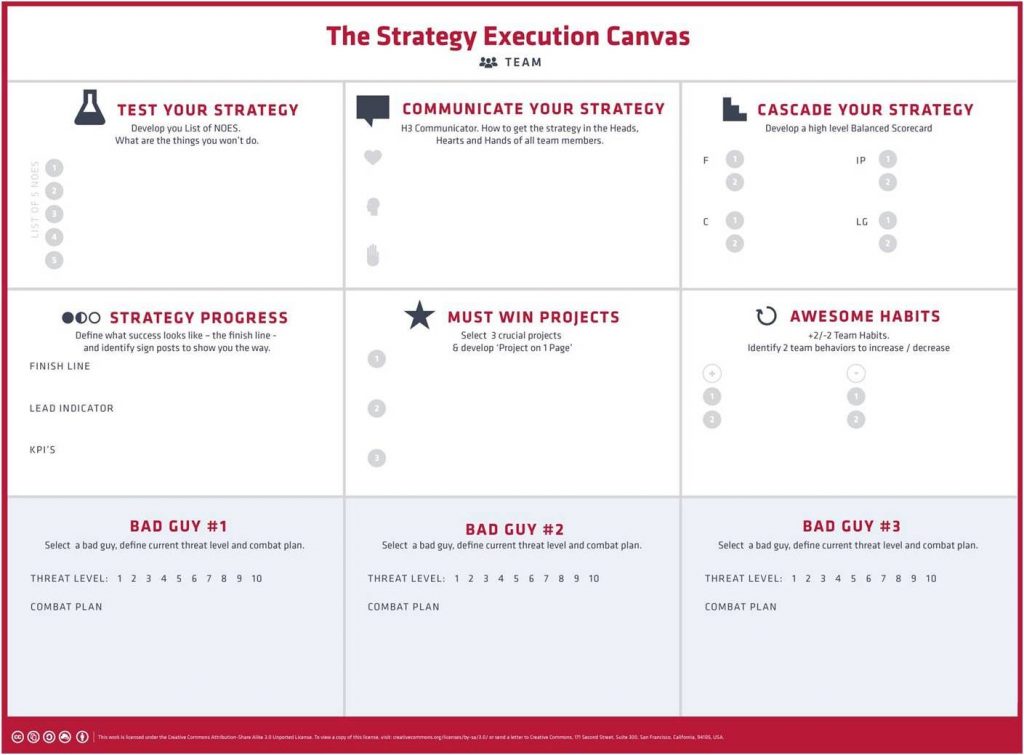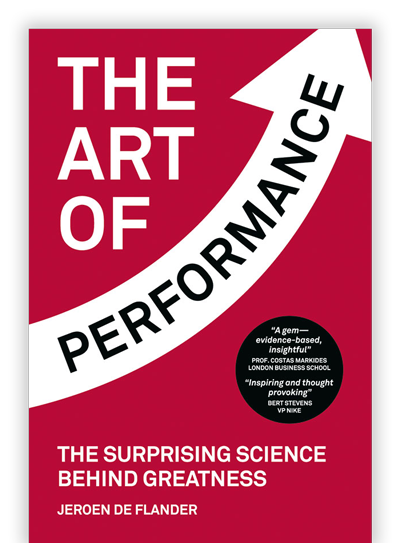A change management plan is an essential component of any strategy execution framework. Change management is often a big word in organization.
But when you take a closer look, most leaders struggle to realize real change.
With the help of the Institute for Strategy Execution, we developed a series of simple templates to facilitate your strategy implementation process.
In this guide, I will zoom in on the Change Management Plan template component.
You can download the complete set of change management templates when you scroll down this page (pop-up)
You can read this Change Management Plan guide chronologically or jump strait to one of these chapters:
- Change management plan definition
- Change management methodology: the Bad Guys
- Change management strategy
- Change management process
- Change management plan template
Change management plan: definition
Let’s take a closer look at the change management methodology we use.
There are several ways to talk about change management. And their are dozens of change management models.
I like to keep it simple and tangible.
When I talk about change management, I talk about people and their behavior.
When I talk about a change management plan, I talk about people, their behavior and the changes needed.
In short, my change management plan captures the people behavior that needs to change in order to succeed.
Simple, right.
Change management methodology
When I wrote my latest book – The Execution Shortcut – I researched human behavior and it’s impact in strategy.
I learned there are 7 human behaviors everyone will have to deal with sooner or later.
I call them the bad guys
It’s our challenge to learn to recognize these change management behaviors and develop suitable tactics captured in our change management plan.
The 7 bad guys offer us an insight into the strategy execution people challenge and how to overcome them.
If we aspire to get a better return from our strategy, we don’t only need a strategy implementation process.
We also need a clear insight into the human dynamic behaviors impacting strategy execution and how to deal with them.

Change management strategy
If we want to execute strategy successfully, we have to navigate 7 powerful change management people dynamics—the bad guys.
- If we want people to understand our idea, we have to overcome the Curse of Knowledge
- If we want people to make the right choices, we have to combat the villain Decision Paralysis
- If we want to keep the core of our idea visible, we have to fight Message Distortion.
- If we want others to challenge questionable decisions, we have to circumvent Mitigated Speech
- If we want the whole team to perform at peak level, we should tackle Golem
- If we want to speed up decisions, we should reduce CO2mplexity
- If we want people to keep pushing our idea forward, we have to outwit Willpower Depletion
Here’s a short change management video about the bad guys:
Change Management Process
There isn’t a one size fits all change management process. Each change management challenge is different.
So it’s far from simple to copy paste a solution.
But the change management bad guys are always the same. So I suggest focusing more on the bad guys and less on trying to follow a standard process.
In our change management plan, we have to identify the change behavior that needs the biggest effort. And next, identify tactics on how to do so.
Here’s a ebook (change management PDF) that explains the bad guys in more detail. Also, it provides insights on how to deal with different change management behavior.
Why not take a closer look before you dive into the change management plan template.
I’ll wait 🙂
Change Management Plan Template
The strategy implementation canvas covers 9 boxes. The first 6 are process oriented. The last three are all about change management.
To complete the change management plan template
- Identify the 3 human behaviors that negatively impact your strategy the most
- Select the treat level
- Develop a change management combat strategy
If you like to complete the other boxes, go to this guide explaining the complete implementation plan template.

Change management plan: details
Let’s take a closer look at the change management plan and learn to recognize the bad guys.
1. The Curse of Knowledge
The Curse of Knowledge makes us overestimate our communication abilities drastically.
When you suffer from The Curse of Knowledge, you assume that other people know the things that you do. This cognitive bias causes you to believe that people understand you a lot better than they really do.
Several experiments show that it can go up to factor 20.
Want to beat The Curse of Knowledge?
Guess what? Repetition doesn’t work!
Become an H3 communicator instead. It’s the emotional bond with an idea that motivates people to contribute, not the brilliance of the idea itself captured in a beautiful PowerPoint. Stories are excellent emotional conductors and make messages stickier.
The Curse of Knowledge makes you overestimate your communication abilities
2. Decision Paralysis
Sheena Iyengar from Columbia University and Mark Lepper from Stanford set up their lab in the form of a tasting booth on 2 different Saturday’s at Draeger’s supermarket, an upscale grocery store in California. One week, they had 24 jams to sample on the table, and the next week only 6. Customers could try as many samples as they liked and received a $1 discount coupon for a jam of their choosing.
The first results were as expected.
Over the course of a 5-hour period, 60 percent of people who passed the display of 24 jams stopped, while only 40 percent did at the stand with 6 on display. So more choice means greater initial appeal. But the surprise came when they looked at the sales figures.
Thirty percent of the people who stopped at the ‘6 jam’ booth used the coupon and bought jam, but only 3 percent bought something at the ‘24 jam’ booth. People initially exposed to a limited number of options are much more likely to purchase the product than those given a greater choice.
So what happened?
Science calls this human phenomenon ‘Decision Paralysis’, another villain on the execution road. Again, it’s not a deliberate action, but rather an expression of innate human behavior, this time at the receiving end.
When someone wants us to do something (like buying jam), but presents us with too many options (24 flavors), we’re paralyzed. We can’t decide.
3. Message distortion
The more messages are passed on, the shorter they get. And this editing process is much more dramatic than most of us realize. Gordon Allport and Joseph Postman researched message shortening. And their results are astonishing.
A message loses a whopping 70 percent of its details after 5-to-6 mouth-to-mouth transmissions.
4. Mitigated Speech
Mahatma Ghandi once said, “A no uttered from the deepest conviction is better than a yes merely uttered to please, or worse, to avoid trouble.” But, let’s be frank, in most organizations the word ‘no’ is a dirty word—an unacceptable expression used only by the lazy, unloyal ones.
It’s important to realize that communication isn’t just a matter of transferring information. Often, the speaker also wants to influence the behavior of the listener. But instead of clearly suggesting the required action, subordinates tend to downplay their decision advice. Why? Because of social considerations.
Research shows that the status of both the speaker and listener influence the directness of their speech. If you’re the boss, you can command others to do something. That comes with the job. But if you’re a subordinate using the same command, you may be seen as threatening or rude. To avoid this kind of confrontation, subordinates are likely to use more polite and indirect ways of communicating. They tend to soften the message. They mitigate.
Combat strategy: we have to make ‘no’ an acceptable word to express non-commitment in our team. If we do, mitigated speech diminishes and the overall decision quality improves.
5. The Pygmalion Effect
The Pygmalion Effect is a very interesting leadership phenomenon. Check out this longer article that covers Pygmalion & Golem in great detail.
6. Complexity
Complexity is the CO2 of the modern business world. We’ve all heard of it, we all produce it, it’s harmful to the business environment, and companies tend to ignore it when money’s for the making. But unlike CO2, there’s no public opinion to point out the dangers. There’s no Al Gore on stage.
Yes, there’re some companies out there with enlightened leaders who have embraced simplification and installed a company culture that fights against the ever-growing complexity. But they’re the exception. Most of us live in a complex business world where simplicity isn’t on the agenda.
And, according to strategists Chris Zook and James Allen from Bain & Company, that’s a big problem. In Repeatability, their latest book that summarizes their extensive research to find the Holy Grail of sustained performance, Zook and Allen point out that complexity is the biggest performance killer in organizations.
The ambitions that strategists lay out for an organization almost always demand business growth. Few strategy documents carry the message “Let’s become smaller.” But business growth doesn’t come cheap. Growth charges a complexity tax. More tools, more templates, new matrix structures, extra communication channels, heavier budget procedures, and risk management controls are all put in place to make up for the social glue that is lost when groups become bigger.
Complexity is a sneaky villain, a real Ninja.
He approaches in total silence and attacks from the shadows. Often, we don’t even see him coming before it’s too late. One more document here, a few more KPI’s there, an extra steering committee to track new projects, an added resource to monitor risk. But all these components pile up and create a static, unhealthy environment. A place where decision-taking demands too much energy and people get side-tracked from the execution shortcut, forgetting all about the real purpose of the journey.
The result?
The finish line becomes a distant dream. The big idea that once inspired a whole team fades away.
To combat Complexity, we have to ask ourselves which process components we need and which can be left out. We should ask questions like, “Do we really need Balanced Scorecard software?” and “Do we really need to keep tracking those KPI’s?” Or “Do we really need to include the corporate values as evaluation criteria in our individual objective-setting process?”
Our next challenge is to simplify, as far as possible, those components that we decide to keep.
Einstein understood this challenge perfectly.
He said, “We need to make things simple, but not too simple.”
To combat the Complexity villain, we need smart simplicity. To combat Complexity, we have to make things simple.
We have to ask ourselves questions like, “We have to manage projects, but do we need all the bells and whistles from the 100-page manual for every project?” and “We have a KPI dashboard, but do we need all those KPI’s?”
But we can’t make things too simple. They still need to serve their purpose.
We can probably simplify our budget process, but we do need its core. We can probably get rid of some of the complexity of our project management process, but we do need to manage our projects in a professional way.
I’m sure you get the picture. Successful strategists walk The Simplicity Tightrope, carefully balancing the overly simple and the overly complex.
Tip over to the complex side and you’ll fall in the complexity swamp. Tip over to the simple side and the value is lost.
7. Willpower depletion
Consider the following experiment. Baumeister’s team kept 67 hungry participants in a room that smelled of freshly baked chocolate cookies. He teased them further by showing them the treats. Half of the group was allowed to dig in and eat the cookies and the second group was asked to eat radishes.
Next, Baumeister’s team gave the participants a second, supposedly unrelated challenge. They had to trace a geometric figure without retracing any lines or lifting their pencils off the paper. After a brief test period, they were told that they had as many attempts as they wanted. They would be judged only on whether or not they could finish tracing the figure. If they wished to stop beforehand, they had to ring a bell.
Unknown to the participants, these geometric figures were impossible to solve. The researchers wanted to test the effect of Willpower Depletion. In other words, would the group who had eaten the cookies put in more execution effort than the group who had selected to eat radishes? The effect of the manipulation was immediate and undeniable.
On average, the cookie contestants kept going for 18 minutes, making 34 attempts to solve the puzzle. However, the radish group gave up after 8 minutes, having made only 19 attempts. As they had to resist the cookies and force themselves to eat vegetables, they could no longer muster the will to fully engage in another torturous task. They were already mentally exhausted. They ran out of willpower. The villain won.
Combat strategy to defeat Willpower Depletion: develop awesome habits.
Like this mini guide to develop your change management plan?
Want to help others with this simple change management plan template?
Share now!



